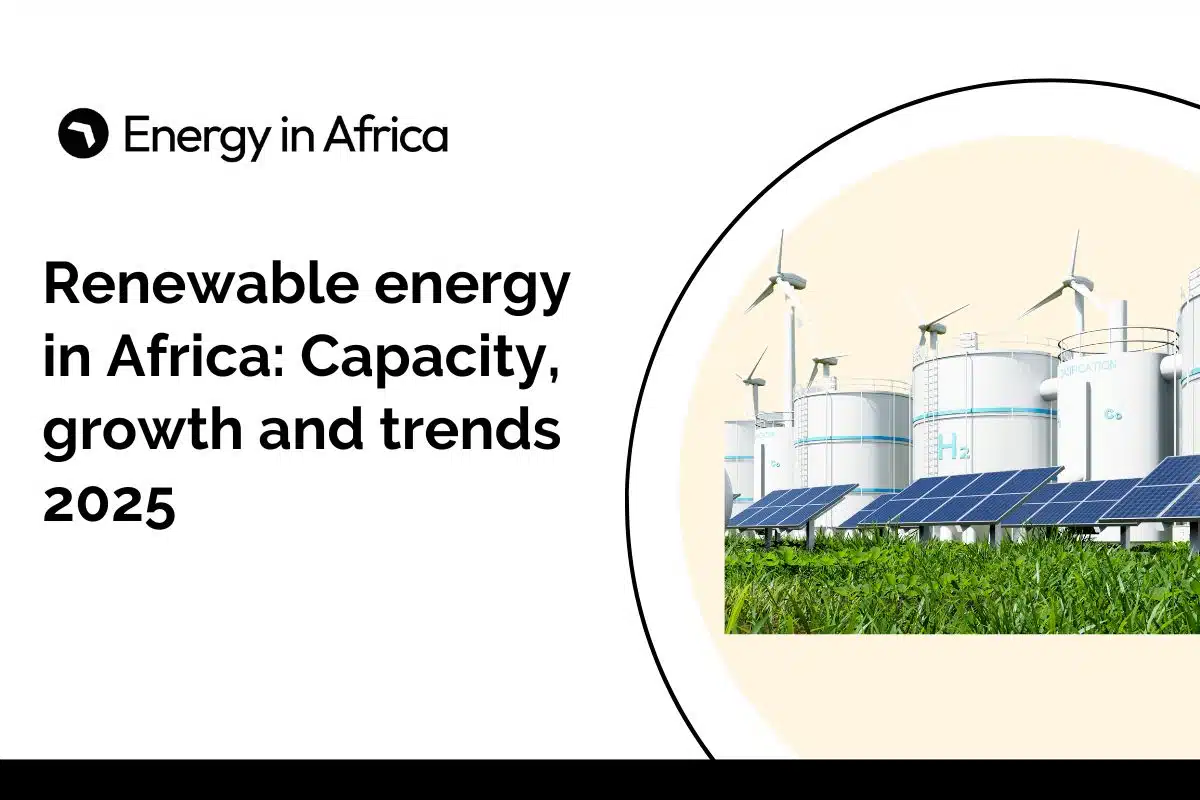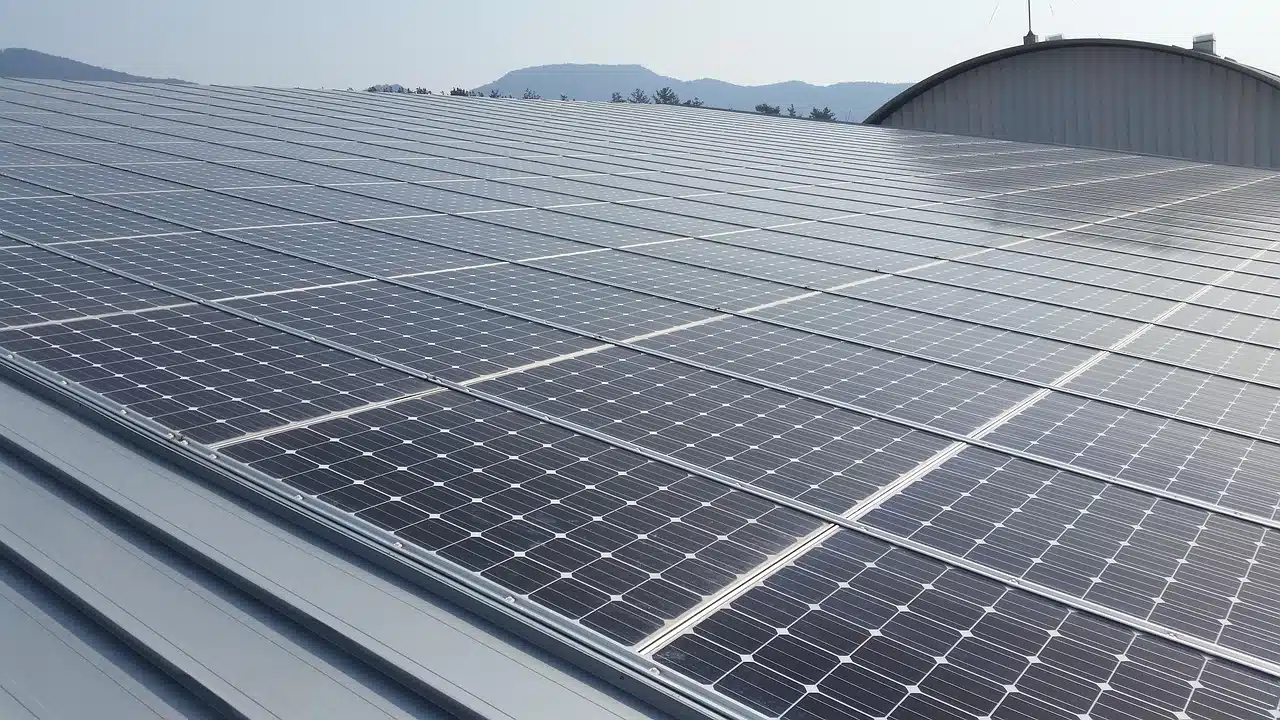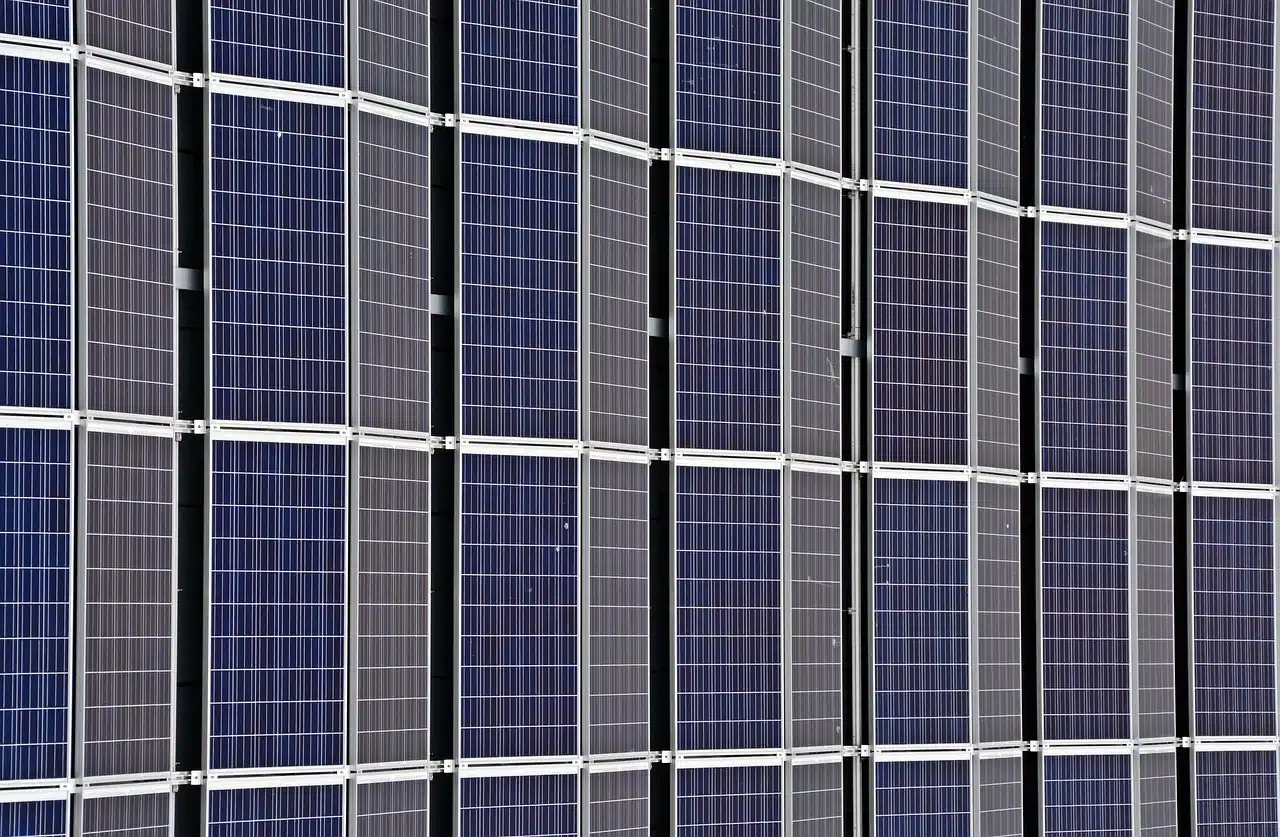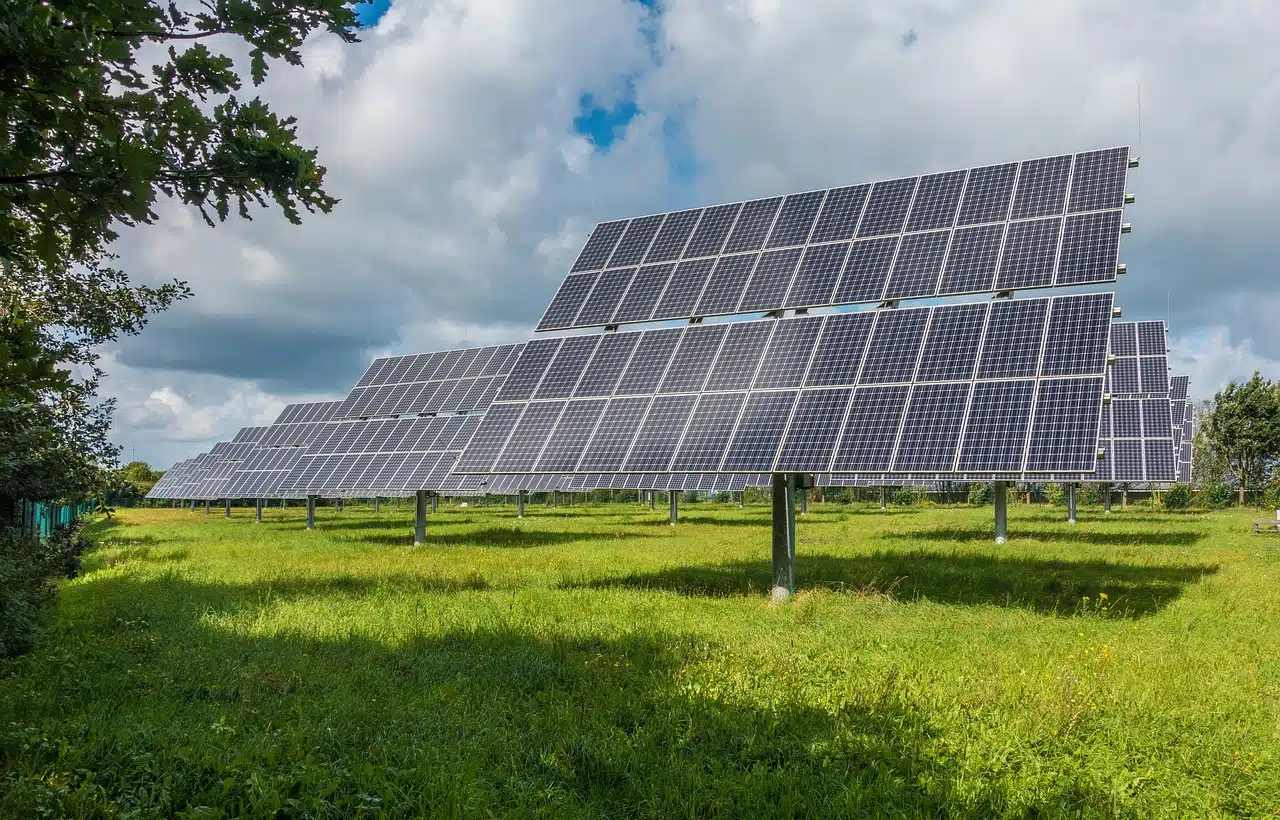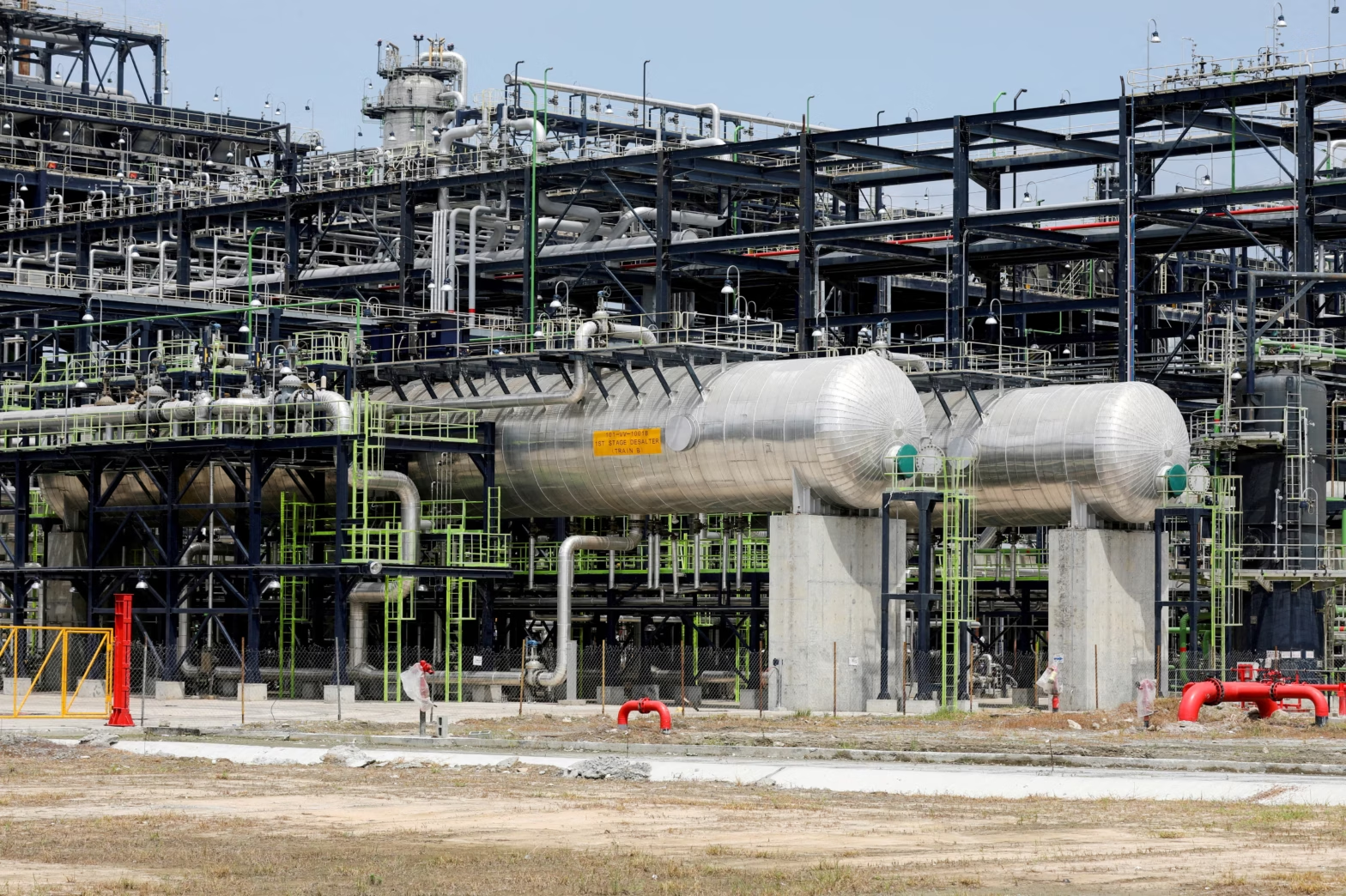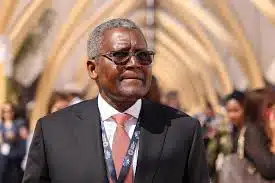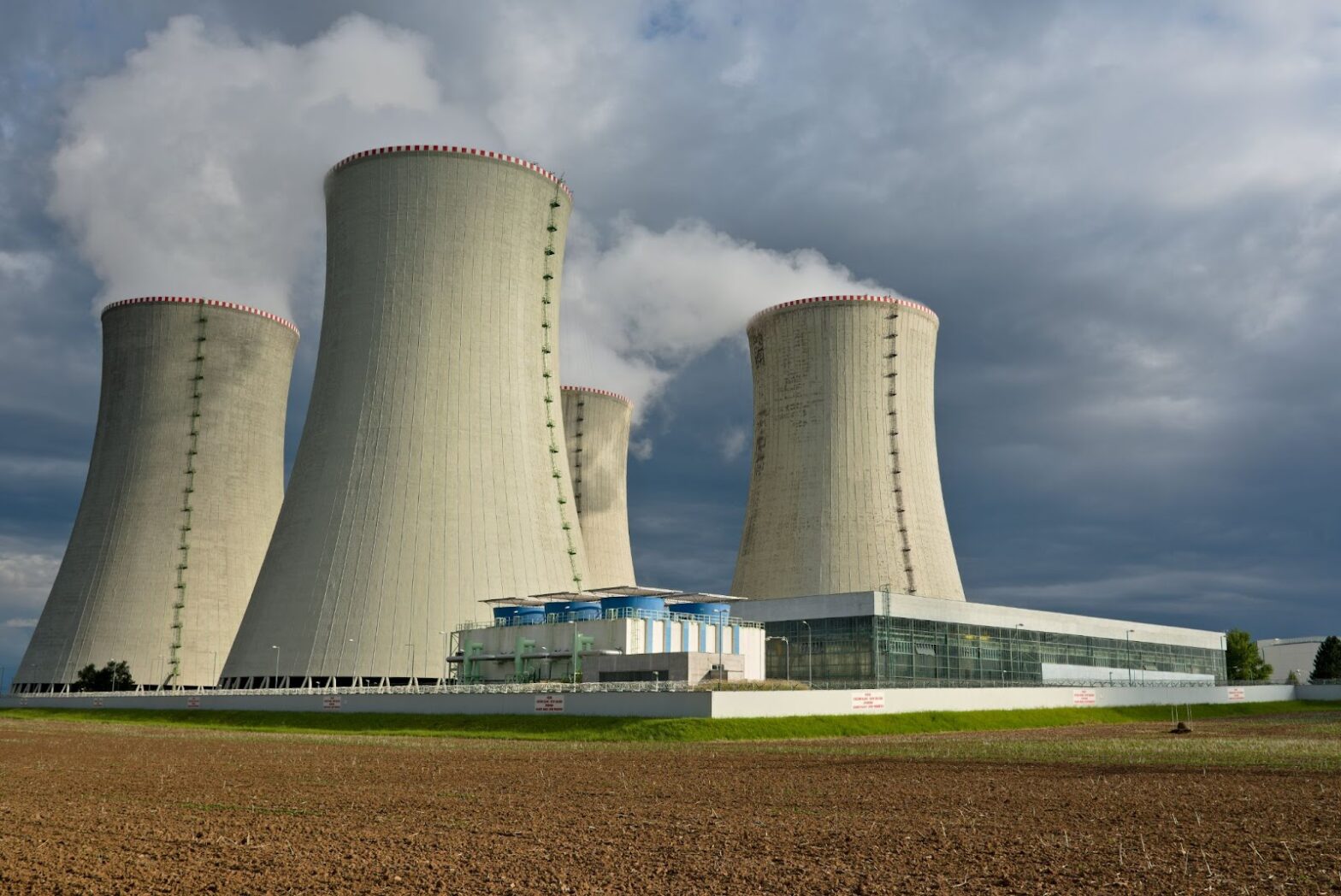Africa holds about 60% of the world’s best solar resources, according to the International Energy Agency (IEA).
Yet, the continent accounts for less than 2% of the world’s renewable capacity.
Recent years have seen record investments, utility-scale projects, and regional policy frameworks begin to change that picture.
With initiatives like the Africa Renewable Energy Initiative aiming to reach 300 GW by 2030, this article examines the current state of renewable energy in Africa.
TL;DR
- Africa has some of the world’s richest renewable energy resources, yet it still contributes less than 2% of the global clean energy capacity.
- As of 2023, the leading African countries in renewable energy capacity are South Africa, followed by Egypt, Ethiopia, and Kenya.
- Major deployments are typically associated with large-scale solar, wind, hydro, and geothermal projects.
- Financing gaps, weak infrastructure, and inconsistent policies continue to slow wider adoption across the continent.
According to the International Energy Agency (IEA), Africa holds about 60% of the world’s best solar resources.
While Europe and Asia lead in solar deployment through the installation of more solar panels, Africa has better natural conditions for solar power.
The continent enjoys some of the world’s highest solar irradiation levels, averaging 5–7 kWh/m²/day, ideal for solar photovoltaic (PV) systems.
Growing demand in key countries further supports this, with top African markets for renewable energy sales now attracting global investors.
Beyond solar, Africa also hosts significant geothermal potential, concentrated in the East African Rift System.
Countries like Kenya and Ethiopia already tap into these geothermal resources, with Kenya standing out as the region’s leader.
Who are regional leaders?
As of 2023, the leading African country in renewable energy capacity is South Africa (10.62 GW), accounting for over 17% of Africa’s total, which has attracted a significant share of Africa’s private investment flows.
Clear procurement rules and guaranteed purchase agreements have made South Africa a magnet for both local and international developers.
At the regional level:
- North Africa (Egypt, Morocco, Tunisia) now accounts for more than half of the continent’s solar and wind capacity, thanks to large-scale projects backed by foreign direct investment.
- East Africa, led by Kenya, Ethiopia, and Tanzania, is expanding geothermal and hydro resources.
Egypt has emerged as the anchor of North Africa in this context. Egypt’s renewable energy capacity increased from 6.2 GW in 2015 to 11.8 GW by 2024.
Kenya leads in geothermal in Africa, with approximately 985 MW of installed geothermal capacity as of early 2025, making it the 7th largest globally, according to ThinkGeoEnergy.
Policy consistency and long-term partnerships with private players have made Kenya the clear leader in East Africa’s deployment.
Morocco, meanwhile, has built one of the world’s largest concentrated solar power complexes at Noor Ouarzazate (510 MW).
Barriers and Bottlenecks
The first is financing.
Investments and investors have grown sharply in leading markets such as South Africa and Egypt, but smaller economies remain locked out of affordable, long-term capital.
Without closing this gap, large parts of the continent risk being left behind in the energy transition, despite possessing some of the world’s richest solar and wind resources.
Infrastructure adds another layer of challenge.
Weak or incomplete transmission grids mean that even where projects are built, getting electricity to homes and industries is often unreliable.
This bottleneck discourages developers from scaling up, creating a cycle of limited supply and limited investment.
Finally, policy frameworks remain uneven. Some countries have clear renewable energy procurement schemes, but in others, targets exist only on paper.
Delayed permits, shifting tariffs, and inconsistent incentives make it difficult for developers to plan with confidence, stretching timelines and raising costs.
Renewable energy targets and initiatives
The Africa Renewable Energy Initiative (AREI) has set one of the continent’s most ambitious goals: reaching 300 GW of renewable capacity by 2030.
The initiative, one of Africa’s largest renewable energy projects yet, is backed by the African Union and international partners, and designed to scale up clean energy access and reduce dependence on fossil fuels.
- Egypt and Morocco continue to drive large solar and wind projects
- Kenya Electricity Generating Company (KenGen) is accelerating exploration of geothermal fields in Suswa, Olkaria, Menengai, and Silali in Baringo.
- Ghana recently approved a 3.4 billion renewable energy program
- South Africa’s REIPPPP remains a model for structured procurement.
Africa is endowed with abundant renewable energy resources, including solar, wind, hydro, and geothermal power.
The continent’s theoretical onshore renewable energy potential is estimated at over 2,431,765 TWh per year, significantly surpassing its projected electricity consumption of 2,321 TWh by 2040.

